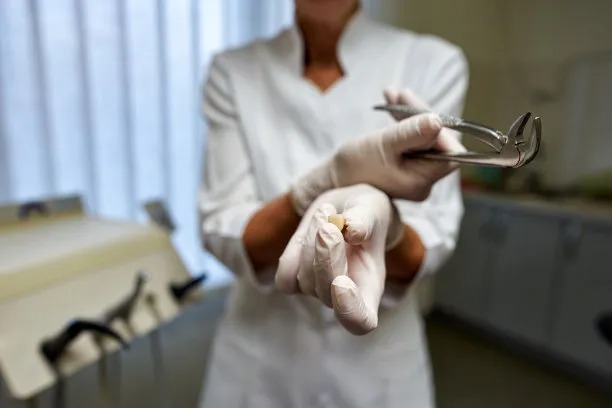The Essential Steps and Aftercare for Extracting a Tooth Safely and Effectively
Summary: Tooth extraction is a common dental procedure often needed due to decay, trauma, or crowding. However, understanding the essential steps and aftercare is vital for a safe and effective extraction. This article outlines four critical aspects: preparation before the extraction, the extraction procedure itself, post-extraction care, and recognizing potential complications. Each section provides detailed insights into ensuring a smoother experience for patients, highlighting the importance of following dentist recommendations and managing self-care effectively. By adhering to these guidelines, individuals can minimize discomfort and promote healing, ensuring a better dental health journey.
1. Preparation Before the Tooth Extraction

Before undergoing a tooth extraction, proper preparation is crucial for both the dentist and the patient. Initially, a comprehensive dental examination should be conducted, which often includes X-rays to assess the tooths condition and its roots. This evaluation helps the dentist identify any issues that may complicate the procedure, such as infections or unusual root shapes.
Additionally, patients must inform their dentist about their medical history, including any medications they’re taking or underlying health conditions. This information is critical, as certain medical conditions might require special considerations during the extraction process, such as the need for antibiotics.
Lastly, patients should follow their dentists pre-operative instructions, like fasting or avoiding specific medications, to ensure the procedure goes smoothly. This step recognizes that optimal patient readiness can significantly influence the success of the extraction.
2. The Tooth Extraction Procedure
Once prepared, the extraction procedure begins in a controlled dental environment. The dentist administers a local anesthetic to numb the area around the tooth, ensuring the patient remains comfortable throughout the procedure. The use of sedation may also be recommended for anxious patients, allowing them to receive the necessary care without distress.
Following the successful application of anesthesia, the dentist gently loosens the tooth using specialized instruments. This process requires precision to avoid damaging surrounding tissues and teeth. Once adequately loosened, the dentist carefully removes the tooth from its socket. For molars or impacted teeth, surgical extraction may be necessary, which involves making incisions in the gum.
After the extraction is complete, the dentist will provide guidance on managing bleeding and pain. Applying gauze to the extraction site and biting down gently helps control bleeding, while prescribed pain medications can alleviate discomfort during the initial healing phase.
3. Post-Extraction Care Essentials
Effective aftercare is essential to promote healing after a tooth extraction. Initially, patients should avoid vigorous rinsing or sucking on straws for the first few days to prevent dislodging the blood clot formed at the extraction site. Maintaining this clot is crucial for protecting the wound and facilitating healing.
Patients should also stick to soft foods for a few days post-extraction. Foods like yogurt, smoothies, and mashed potatoes can provide proper nutrition while avoiding irritation to the extraction site. Staying hydrated is important, but liquids should be sipped gently.
Additionally, patients should be vigilant about their pain management routine, following the dentist’s recommendations on pain relievers. If excessive pain or swelling persists, contacting the dental office for further assessment is essential, as it may indicate complications that require professional intervention.
4. Recognizing and Managing Complications
Even with careful procedures and aftercare, some complications may arise post-extraction. One of the most common issues is dry socket, which occurs when the blood clot becomes dislodged or dissolves too early, exposing the bone beneath. This condition can lead to severe pain and requires immediate treatment from a dentist.
Infection is another potential complication that patients should watch for, characterized by increasing swelling, the presence of pus, or fever. Should these symptoms arise, it is vital to seek dental care promptly, as infections may require antibiotics or further treatment.
Additionally, patients should be aware that some swelling and discomfort are normal, but if they exceed the expected levels or last more than a week, returning to the dentist is essential. Monitoring one’s recovery helps ensure timely interventions and better outcomes.
Summary:
Tooth extraction serves as an essential dental procedure that, when executed with proper preparation, technique, and aftercare, can lead to successful patient outcomes. Emphasizing the importance of thorough preparation, careful procedural execution, attentive post-extraction care, and recognition of complications can significantly enhance a patient’s healing journey. Every step matters in achieving optimal dental health.
This article is compiled by Vickong Dental and the content is for reference only.



